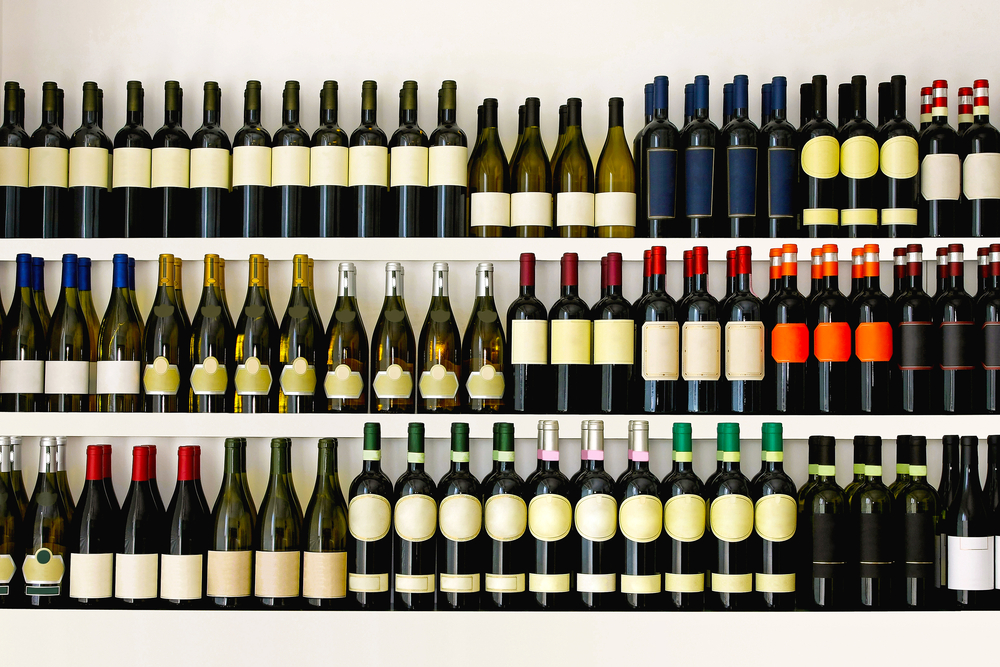Most bar, restaurant owners and operators understand the key variables in their business as the following. The overall performance of wet versus dry categories, the rate of sale of individual items, category and product margins and periodic management of profit and loss. These are all essential ingredients of running a business, undoubtedly, but there is more to it than that. Your wine list should also be scrutinised and carefully curated so that you are maximising sales (and profit) whilst simultaneously providing your customers with wines they actually want to drink and not what you think they should be drinking.
It might surprise you to read that the wine category is extremely profitable compared to food sales and other alcoholic beverages, including beer. A good wine list can fairly easily deliver a margin of 65-70% on average, compared to food which typically sits at a margin of around 50-55% on a good day. In fact, wine in restaurants typically accounts for 30-40% of all wet sales and between 10-15% of sales overall. That’s some pretty powerful stuff, and it’s why we should take extra care when managing our wine lists.
I have been working in the industry for over 15 years, and it is still surprising to me the number of clients I have met who have made the same, basic, fundamental errors. Firstly, people are often inclined to select wines they like rather than what their customers will like. Secondly, people often undercharge for good wine. Retail prices are set far lower than what customers will actually pay, because restaurant owners are nervous to charge a fair price. In reality, customers are generally happy to spend their hard-earned cash if they feel they are getting real value for money, and undercharging can be just as detrimental (or more so) as overcharging.
Furthermore, in many cases clients don’t work to sliding margins throughout the list, which leads to several common problems. Entry wines are too cheap, middle and bottom-of-the-list wines are too expensive, and as a result most of the wine they sell is ‘house wine’. The other delicious varieties end up sitting on the shelf for months.
Next we have the issue of ‘by the glass’ (BTG) margins. A huge quantity of the wine that venues sell is by the glass (in fact up to anything between 60-80%), and so it’s a great opportunity to increase the overall category margin, but it’s a consideration that is often neglected.
Finally, I often find that clients don’t actually know which wines on their list are selling well and which aren’t. I cannot count the number of times I have walked into a restaurant and asked what the best sellers are, and the staff can’t tell me because they simply don’t know. All of these issues can have a strong, adverse effect on sales and the profitability of a business, and in reality it is down to the fact that hospitality owners don’t look at their data.
Fear not though. There is a solution to all of these issues, and it’s actually fairly simple. First of all, let’s address margin management. The first, and perhaps most crucial, step here is working with a reliable and trusted supply partner. In the initial stages of building a wine list, key points to consider include margin expectations, retail ‘from and to’ price points (for example, between £20.00 and £45.00), cash margin, and margins for wines by the bottle and wines by the glass. Your wine supply partner should really take all of these into account and bring you a detailed commercial proposal detailing costs, prices, cash and percentage margins and an exciting and varied wine list that gives your customers something they actually want to drink.
Once you have your carefully chosen, active wine list, the work really begins. The performance of your wine list should be periodically reviewed (ideally every 3-6 months) through the analysis of key data. Essentially, what are you selling, and what are you not? Your supplier should be able to furnish you with value and volume purchases on all the wines on your list. With this information you can tweak and tailor your list accordingly. It might be that in the summer you cannot stock enough rosé and your reds are flailing a little, or that around Christmas people are going wild for Prosecco and actually you need to double your order. Essentially, this data means that you can remove the wine that you’re not selling because they are a dead weight in your business and your cash flow. Replace them with something new and exciting, not only will this have the potential to increase sales, but it will keep your customers engaged and give them the opportunity to continually try something new and exciting when they come to see you. You will also be able to review the Rate of Sale on all lines. If the most sales are in ‘house wines’, you can assess the strategies to sell more of them (for example by introducing more wines that are sold by the glass at middle or premium price points). In turn, this will help increase cash margin and profitability again, and also your customers may taste a glass of premium wine that they wouldn’t have been able to try before, and end up buying the whole bottle at a higher price point than something cheaper they might have otherwise chosen instead.
Last but not least, reviewing your business data will allow you to identify what might be missing from your training. If you have a delicious and interesting wine that pairs perfectly with the dishes on your menu, and is great value for money, but it isn’t selling, it may be that your floor staff need a little more training on this product specifically so that they can give it a little push and facilitate more sales.
This is just a taste of how crucial your data is to driving your business forward and helping it to grow. At Eden Fine Wines we have spent years working closely with our clients to hone wine list development with a particular consideration for key reports and data, in order to maximise profits and commercial viability. We would love to help you too, so get in touch today to find out more. You can also visit our online B2B Portal on our website to download some great reports and see our work in action.
 Trade Login
Trade Login













